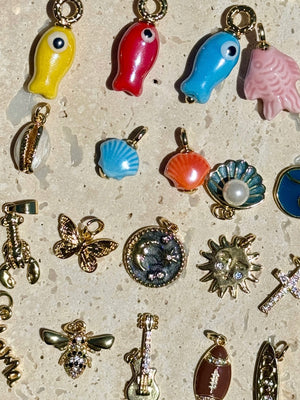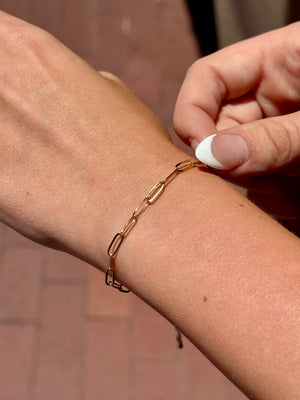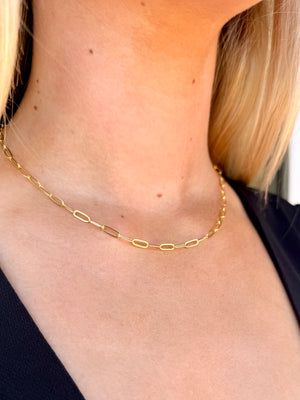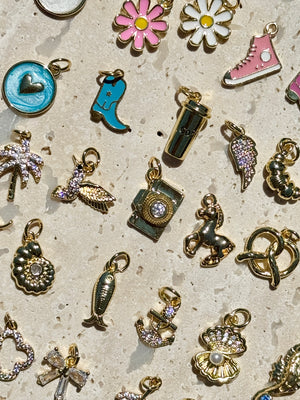JEWELRY CARE
How to care for your jewelry?
-
Remove jewelry during physical activities (running, crossfit, gardening, hiking, swimming, household chores, etc.)
-
Remove jewelry when using chemicals: shampoos, harsh soaps, lotions, makeup, hairspray, etc. Even some household items and foods that contain sulfur should be avoided whenever possible.
-
Avoid prolonged exposure to chlorine, pools, hot tubs or spas.
-
Store your jewelry in a dry, air-tight area. Always clean your piece before storing. Use a generic micro fiber cloth or lens cloth to remove any oxidation or tarnish marks.
-
Again, take extra care around perspiration, salt, chlorine, perfume, lotions, and makeup as they can damage fine jewelry. Jewelry like chokers and bracelets, which are tight against the skin, are prone to more contact and may need to be cleaned more frequently.
-
Although rare, sometimes individual body chemistries can react with the metal and cause a reaction. Pregnancy, thyroid disorders, hormone levels, medications and more can affect body alkalinity versus acidity, and may cause a reaction with your piece. It’s definitely a wild-card and is based on the individual.
What Does Gold/Silver/Rosegold Plated Mean?
Plated jewelry refers to the ones that consists of a thin layer of gold/silver/rosegold that is applied over the top of another affordable metal, such as copper or brass. The process of plating is done through putting the economical metal in a chemical solution that contains gold/silver/rosegold and then applying an electric current to the piece. The electric current attracts the gold/silver/rosegold to the base metal, where it reacts leaving a thin covering.
What is Gold-filled?
Gold filled is a layer of gold pressure bonded to a base metal, typically a jewelers' brass. It is becoming a very popular alternative to solid gold, because its more durable, more affordable, and more versatile for different lifestyle and activities. Gold filled is different than gold-plated in several ways:
-
Gold filled contains a substantial layer of 14kt gold, rather than a microscopic layer of gold plating (or gold dipped). Gold filled is required by law to have at least 5% or 1/20 of gold by weight. Consequently, gold filled is worth more and maintains its value better than gold plated, which has a minimal amount of gold.
-
The process of pressure bonding makes the jewelry tarnish and chip resistant, unlike gold plating. This is why gold-filled jewelry is about double the price of gold-plated jewelry. A gold-filled finish will not flake off or chip and is tarnish resistant, if properly maintain and cleaned.
What is Gold-vermeil?
Vermeil (that’s pronounced ver-may) is a gold plating technique that dates back to the 19th century. It usually starts with a Sterling Silver base and is plated with just over 2.5 microns of 18k Gold to create a more timeless piece.
How to Clean Your Jewelry?
You may be concerned about tarnishing your plated jewelry further by cleaning it. Even so, you should clean your jewelry from time to time to keep it looking its best. For those with plated pieces you need to ensure you're gentle, avoid rubbing, and simply clean with a polishing cloth.
Necklace Length Guide:

Please email help@shopatjulia.com if you have any questions.



